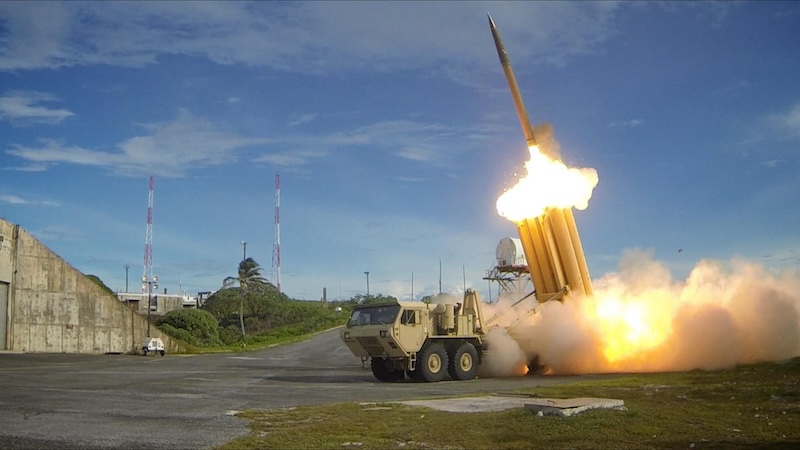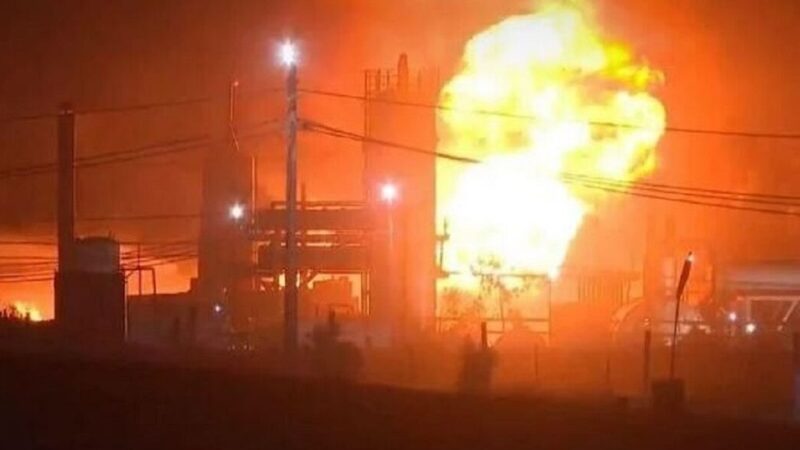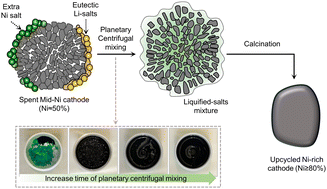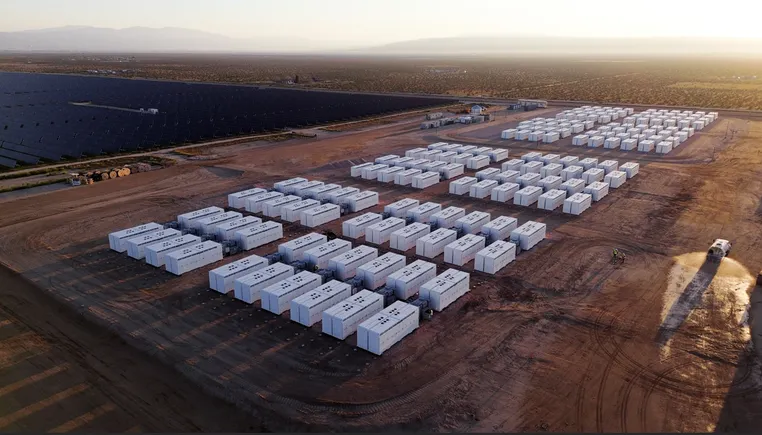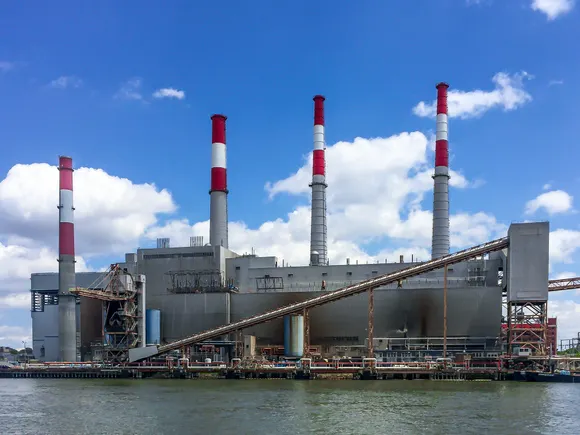A Call for Cross-Industry Collaboration for Better Supply Chain Resilience
The NOAA’s National Weather Service most recent predictions call for above-normal hurricane activity in the Atlantic basin this year. It is worth noting that the major damage to interstate highways from Hurricane Helene in September 2024 took more than five months to repair. In addition, other infrastructure repairs which impact freight transportation in and around […] The post A Call for Cross-Industry Collaboration for Better Supply Chain Resilience appeared first on Logistics Viewpoints.

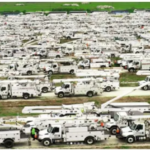

The NOAA’s National Weather Service most recent predictions call for above-normal hurricane activity in the Atlantic basin this year. It is worth noting that the major damage to interstate highways from Hurricane Helene in September 2024 took more than five months to repair. In addition, other infrastructure repairs which impact freight transportation in and around Ashville, North Carolina are still not completed.
Unfortunately, Helene was not an exception but instead illustrates the “new normal” situation, where weather events of increasing frequency and severity are no longer isolated incidents, but are instead a consistent threat to supply chains.
In 2024 alone, the billion-dollar damage mark was exceeded by 27 weather-related disasters in the U.S., tallying a staggering $182 billion in damages. These events impacted everything from facility operations and transportation routes to energy costs and inventory management.
The logistics, supply chain, freight transportation, warehousing, and inventory management sectors often operate on razor-thin margins. This is true for regulated electric utilities too. Leading operators in all these sectors have, of necessity, developed a focus on maximizing the lifespan of assets by optimizing their Operations and Maintenance activities.
A triumph of supply chain, transportation, and logistics planning is to be found in certain disaster response capabilities, including workflows associated with electric utilities’ mutual aid mobilization programs for service restoration after major power outages.
The largest U.S. utility mutual aid assistance in U.S. history was the response to Hurricane Helene in September 2024. More than 50,000 crews from utilities all over the country descended on the Southeastern U.S. to aid the impacted communities and ensure power restoration efforts proceeded as safely and expeditiously as possible.
All major industries and the utilities and logistics companies that serve them stand to gain immensely from adopting better planning approaches with regard to supply chain and infrastructure vulnerabilities. Along with severe weather events and aging assets, market-based uncertainties in recent years now include pandemics as well as tariff-based disruptions.
To respond well to this “new normal,” planners are entering an era of greater cross-industry collaboration which isn’t just beneficial—it’s essential for survival and resilience.
The collaborative spirit of utility mutual aid, where resources are pooled and expertise shared for the collective good, provides a powerful model. Imagine a scenario where a regional disruption impacts a key distribution hub: a pre-established network of logistics providers could seamlessly share available warehouse space, cross-docking facilities, or even available truck capacity, mitigating the impact far more effectively than individual companies acting in isolation. They could collaborate in implementation of core strategies for effective disaster response, including pre-positioning supplies outside impact zones for rapid deployment, maintaining diversified sourcing and distribution networks to minimize localized disruptions, utilizing real-time inventory management and demand sensing for efficient resource allocation, implementing flexible transportation and route planning to navigate damaged infrastructure, and deploying dedicated emergency response teams for swift damage assessment and coordination.
This is being done already, to some extent, but the more it is done in a systematic way in the future, the better. Our goal is to underscore the need for industries to move beyond individual disaster recovery plans and embrace a collective resilience strategy. The utility mutual aid model’s emphasis on pre-planning, standardized procedures, and real-time communication during a crisis could be adapted to create cross-industry disaster response protocols for logistics networks.
Utilities have also standardized field crew work management communications protocols and integration between different enterprise software systems, to ensure safe work practices are maintained when crews from diverse locations descend on an area requiring emergency repairs.
This, by analogy for logistics operators, could involve shared databases of available resources—from heavy lift equipment to temporary storage solutions—and agreed-upon frameworks for expedited permits and transportation during emergencies.
This is a two-way street, since the spirit of cooperation (and of cross-industry learning) cuts both ways. In Hurricane Helene’s aftermath, there were numerous cross-industry demonstrations of greater collaboration. Logistics and transportation companies played a crucial role in the broader relief efforts, moving beyond their typical service offerings. FedEx, for example, supported multiple nonprofits by providing trucks for generators, delivering hygiene kits, and transporting kennels for animals. XPO Inc. donated equipment for loading and transporting supplies, partnering with organizations like Convoy of Care. Other companies such as Atlas Van Lines, Dayton Freight Lines Inc., Averitt, and Norfolk Southern all contributed significantly through donations, supply drives, and direct logistical support to affected communities.
This organic collaboration, while commendable, often happens reactively. The lesson from utility mutual aid is to formalize these connections, to proactively build frameworks for resource sharing, and coordinate action before the next crisis hits. By drawing parallels to the highly efficient and collaborative utility mutual aid system, other industries can proactively build resilience, navigate increasing uncertainties, and foster a more robust and responsive national supply chain.
____________________________________________________________________________________________________________________________________
 Peter is Director of Research for Electric Power & Smart Grid, on the Energy Sector team at ARC. He analyzes the latest trends across People, Process, and Technology to uncover business and digital transformation best practices for electric, gas, and water utilities.
Peter is Director of Research for Electric Power & Smart Grid, on the Energy Sector team at ARC. He analyzes the latest trends across People, Process, and Technology to uncover business and digital transformation best practices for electric, gas, and water utilities.
Peter has a long history of working closely with utility industry executives and decision-makers across major utility lines of business and functional areas, along with equipment manufacturers, software vendors, and other solution providers and stakeholders, with an eye toward best practices for optimizing the current and future value utilities deliver to industrial, commercial, residential, transportation, and other segments.
Peter is a widely published author in numerous trade press and frequent presenter at utility industry conferences. His expertise spans across generation, transmission, distribution, and smart grid and renewables-related technologies, with a strong focus on ROI- and strategic marketing- driven concerns.
The post A Call for Cross-Industry Collaboration for Better Supply Chain Resilience appeared first on Logistics Viewpoints.





























































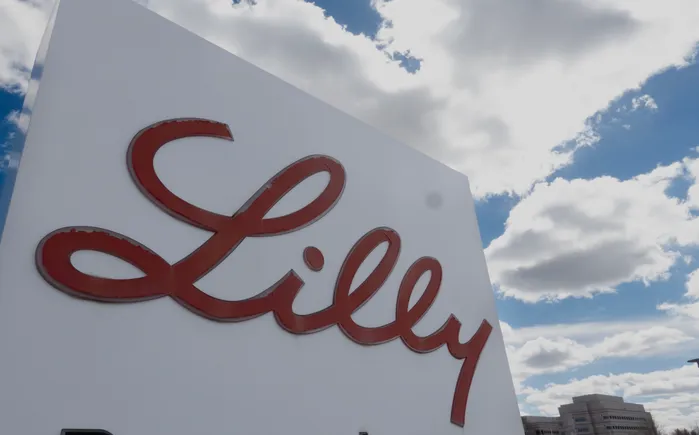




















![The sights of the Paris Air Show Day 2 [Photos]](https://breakingdefense.com/wp-content/uploads/sites/3/2025/06/IMG_1837-scaled-e1750181568851.jpg?#)













![[Updated] U.S. Air Force Mobilizes F-22s and F-35s as Situation in Middle East Escalates](https://theaviationist.com/wp-content/uploads/2025/06/F-22_F-35_CENTCOM-top.jpg)





